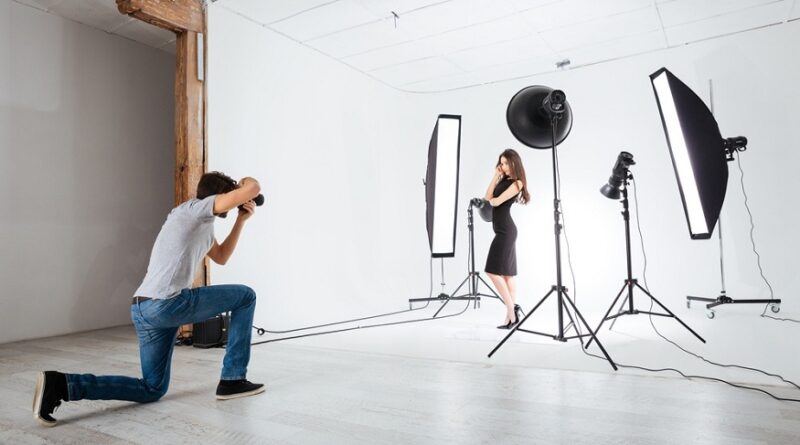5 Tips and Tricks of Fine Art Photography by Bruce Weber
There are various photographic specialties, and fine art photography is one among these, which is the expressive individualistic approach. When it comes to fine arts through any media, two different artists, in this case, two photographers, may have completely contrasting viewpoints on what they consider as fine art. There is room for endless interpretations with any piece of fine art, and there are myriad tips you can find on the internet related to this topic.
So, if you have a professional find artwork or a project, fine art is a great genre to improve your portfolio. This mode of photography allows you a great deal of freedom for creativity and endless imagination. Moreover, you have the scope to experiment with the most unusual photographic techniques by trying out fine art photography. For those who are trying to improve their fine art photography skills, here we have listed some tips from one of the top photography professionals in the US.
Bruce Weber fine art photography tips
1. Go with your unique creative vision
As we discussed above, Bruce Weber saysfine art photography has no set rules, and it is fully based on an individual’s creativity and vision. This makes this unique from any other form of photography or art in a broader sense. Therefore, it is very important that you stick to your own viewpoints and ideas during fine art photoshoots. You can also look at the general processes and ideas, but the fine art photos should ultimately portray what you feel is unique and beautiful.
2. Put forth a consistent set of photos
To set up a unique set of fine art photos, you need to be consistent. For example, if you are arranging for an exhibition, the viewers must clearly be able to infer what the central theme of your photography is. Moreover, they should also be able to discern a style and the processes used. It can be anything like the color palettes, composition techniques, processing styles, and so on. In fact, in terms of fine arts, you need not have stick to anyone established style or process every time, but simply ensure that each photo or the set of projects use the same style.
3. Get inspired by the established photographers practicing fine arts
As we covered earlier, fine arts photography is strictly personal, but there is nothing wrong with getting inspired by a successful or proven fine art specialist you liked. You may constantly follow your favorite fine arts specialists for inspiration. It need not have to be from the photography field itself, but fine arts is a vast specialty covering all forms of arts.
4. Feel free to experiment
Good fine art photographs are always the products of experimentation. Some photographers are stereotyped about it as all fine art photography must be in black and white. Even though black and white composition can create some fantastic fine art pictures, it is not the only color pallet you can experiment with.
5. Try to add a statement to your photographs
A statement is a short para of two to three sentences that provides a better insight into your work. Usually, fine art should be able to speak for itself. You are making a statement through your photograph, which should be loud and clear. In order to give some additional info about the art photos you make, it is ideal for writing an artist statement also if you are conducting an exhibition.
You can explore the online albums of Bruce Weber to get a better understanding of fine art photography approaches.

